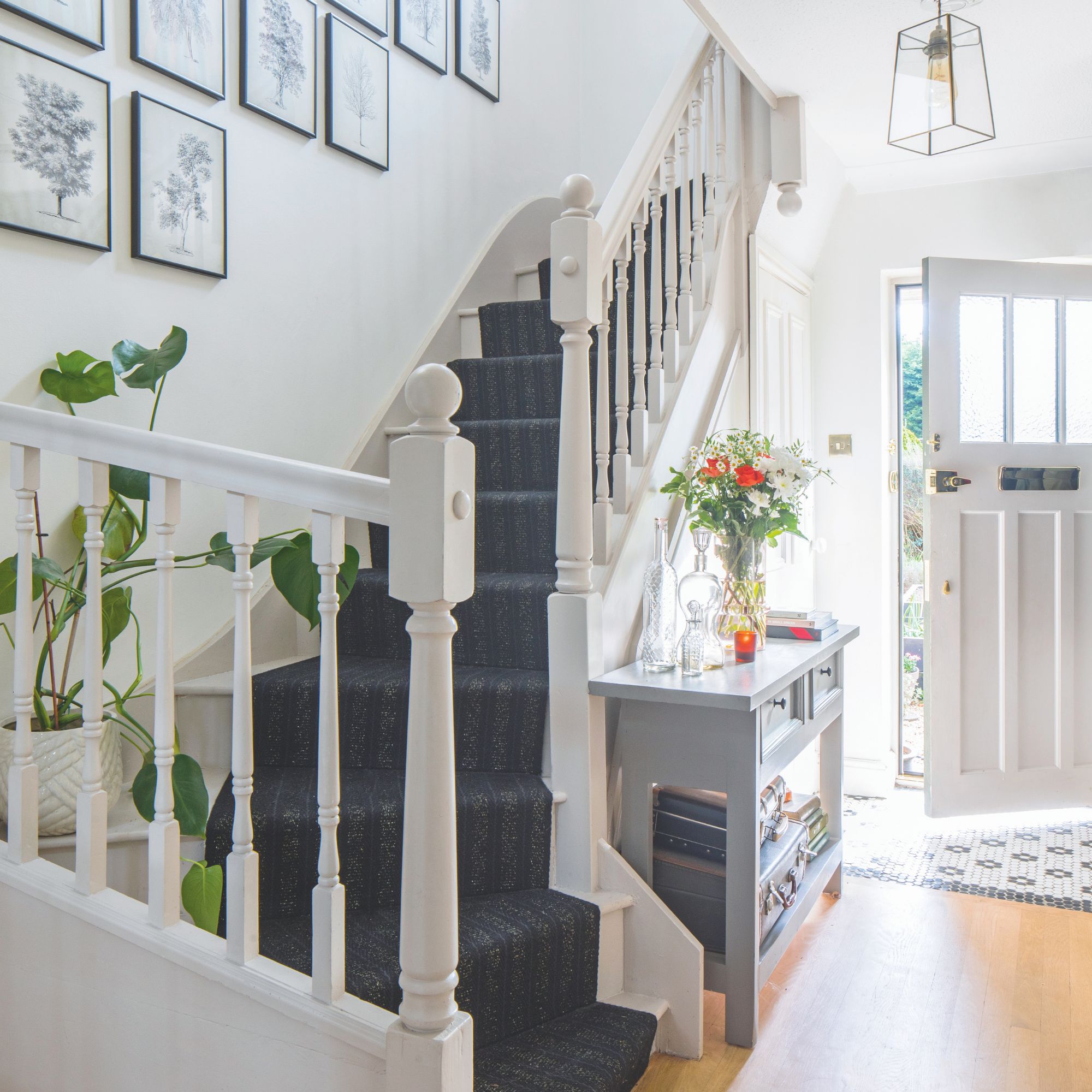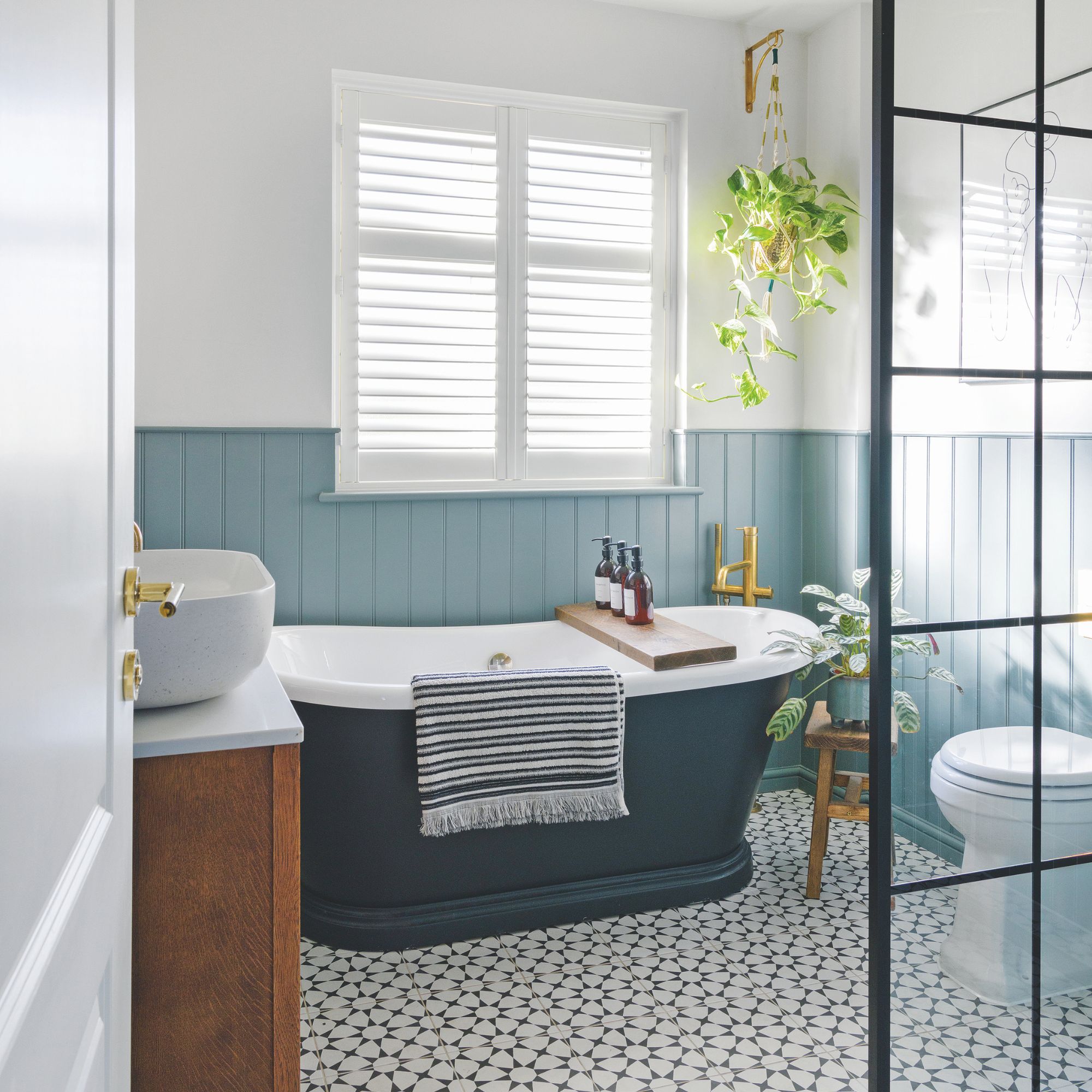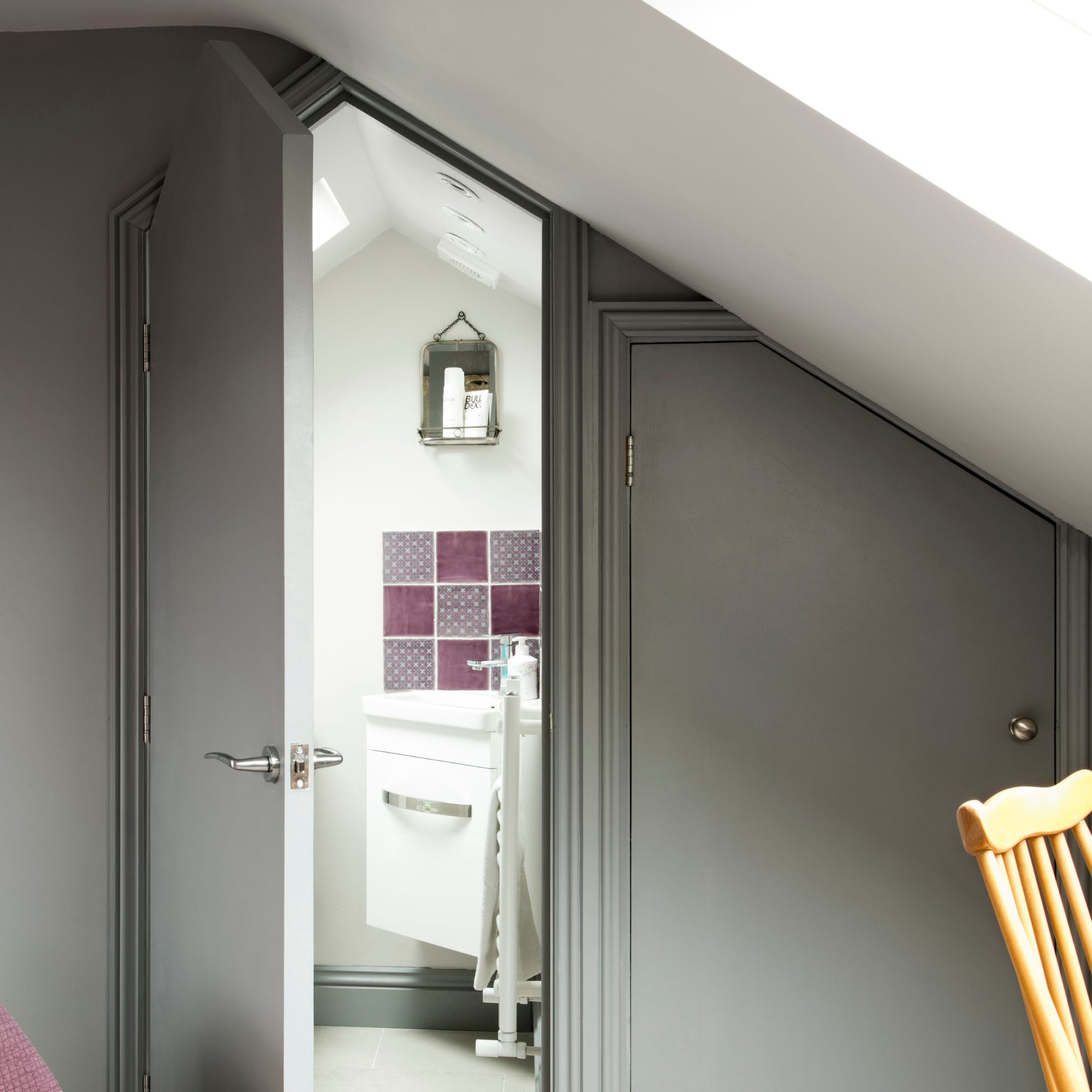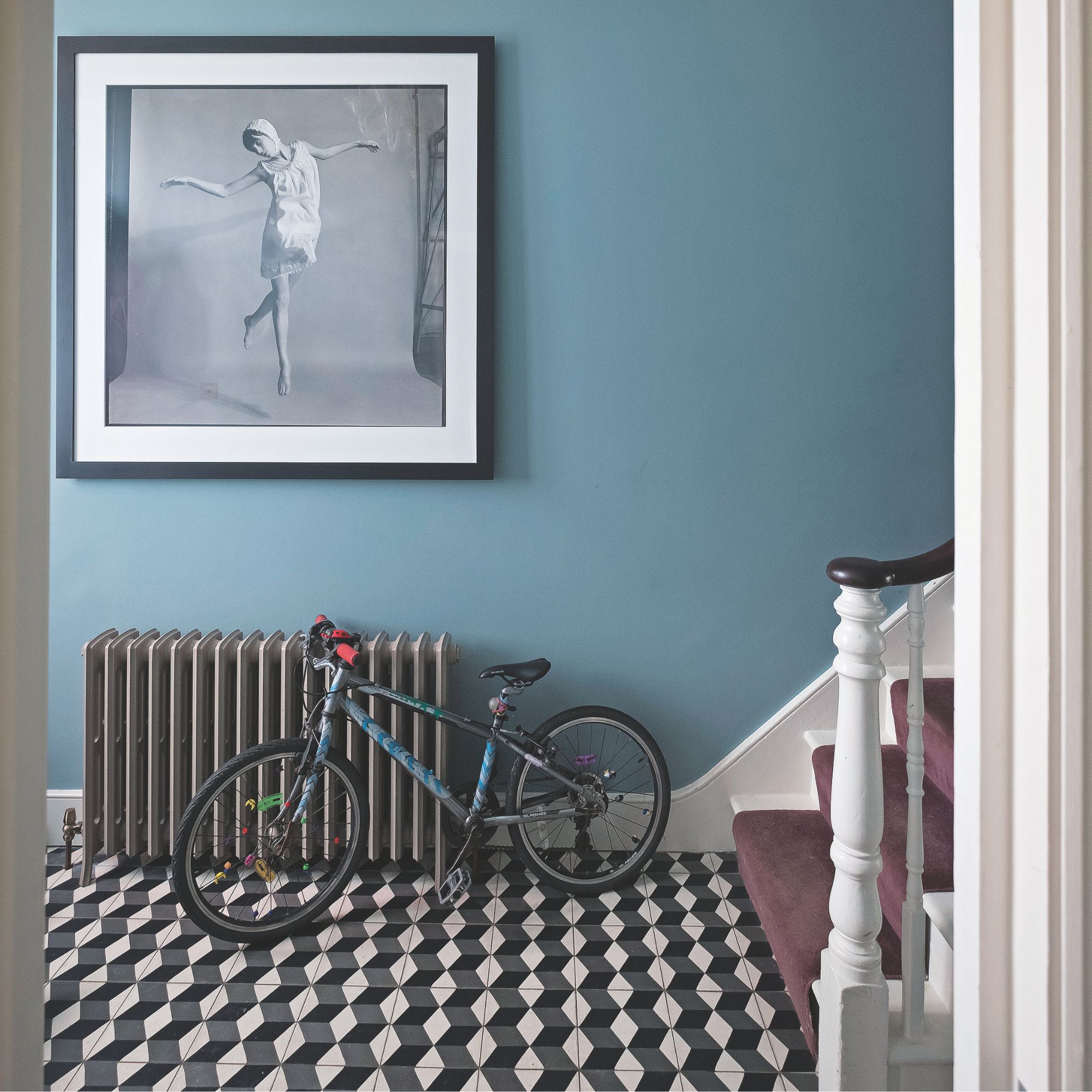
Knowing the signs you need to replace the insulation in your home is something everyone should have on their radar - especially if you feel as though you’re paying more than you need to for your energy bills or your health is starting to suffer.
After all, with more and more people trying to save energy and maintain an efficient home, knowing how to insulate a home is key. From roof and loft insulation to garage door insulation (yes, that’s important too!), this extra layer of protection can not only keep you and your family warm over the winter months, but it can also reduce your energy bills and increase your property value. However, insulation isn’t invincible.
As Becky Lane, an energy efficiency expert from Furbnow, explains, ‘Like most materials, insulation has a lifespan, and it wears down over time.’ In fact, insulation can last anywhere from 15 to 100 years - but that’s not always the case. That’s why you should still keep an eye out for the signs you need to replace the insulation in your home.
1. Your energy bills are higher

It’s normal for energy bills to fluctuate in line with the energy price cap and for bills to increase in the winter after you’ve turned on your heating for the first time and have started turning lights on earlier. But if you’re noticing your energy bills are much higher than they should be, this is a tell-tale sign that you need to replace the insulation in your home.
Les Roberts, energy expert at Bionic, echoes this, saying, ‘High energy bills are often a sign that your home’s insulation may need upgrading or even fully replacing. When insulation deteriorates, your heating system is forced to work harder to keep temperatures comfortable, significantly driving up energy use and costs.’
So, it’s worth monitoring your energy bills with a smart meter to detect any significant changes. And spotting these changes early can lead to a drastic reduction in your energy bills.
As Les explains, ‘By topping up loft insulation to 270mm you can help prevent up to 25% of your home’s heat from escaping through the roof, which could cut your annual energy bills by up to £380. By fully insulating your home—including the walls, underfloor, and attic— you can further reduce annual energy bills by as much as £700, making insulation a worthwhile investment.'
2. Some rooms are colder than others

It’s long been questioned whether you should heat your whole house or just the room you’re in, and the answer will usually depend on your home and your needs. But if you’re trying to heat your whole house and finding that some rooms are colder than others, you probably have an insulation problem on your hands.
Les says, ‘This can be a telltale sign of weak insulation in certain areas. Poor insulation allows outside air to creep in, disrupting your home’s internal temperature and putting extra strain on heating systems to maintain the desired level of warmth.’
This inconsistent temperature can be troublesome during the winter months, but this extra strain on your heating systems will also affect your heating bills and cause you to pay more every month. Because of this, you’ll need to replace the insulation in your home as soon as possible.
But if you want to get an expert opinion before making any purchases, Becky advises, ‘The easiest way to discover how your insulation is performing is by getting a home efficiency assessment so you can understand your home’s unique needs.’
3. You have a leak or condensation

Whether you have loft insulation, floor insulation, cavity wall insulation, or some of everything, it’s important to understand that water can damage it beyond repair. So, if you’ve had a leak or the condensation seems to be getting worse as the months go by, you’ll probably need to replace it.
But a leak or excess condensation won’t just cause ineffective insulation, as ineffective insulation can also cause further leaks and excess condensation. Because of this, you want to keep your insulation as dry as possible - even if you need to replace the old stuff with new.
The experts at Confused.com energy explain, ‘There are some more unpleasant signs that your insulation is suffering. You may find that mould is becoming a problem in your home due to higher levels of moisture. This can also make leaks more likely, as warm air can meet the colder surface of your walls and condense into water.’
4. Your home is draughty

Draught-proofing is one of the best ways to keep your home warm in winter, but most people don’t realise that the presence of draughts is also a key indicator that your insulation isn’t working as it should.
‘Draughts around doors, windows, or in the attic can also indicate gaps or worn-out insulation. Even small draughts let in cold air, reducing energy efficiency and increasing bills. These drafts become especially noticeable in winter when the contrast between indoor and outdoor temperatures is greatest,’ explains Les.
If you notice this in your home, replacing your insulation is your best course of action. But if you want a temporary fix while you save up for some new insulation, you can draught-proof your windows in the meantime.
5. There are critters in your home

It’s incredibly important to pest-proof your home for winter, but little critters can be sneaky. And if you find yourself constantly struggling to get rid of mice or you have squirrels in your loft, this could be a sign that you need to make some changes to your home.
The experts at Confused.com explain, ‘Poorly sealed insulation can create an ideal nesting spot for rodents. So, if you find you’re fighting off unwanted guests, it may be time to replace your insulation.’
In fact, many rodents and insects often feed off old insulation and rip it apart to set up a cosy home for themselves in your house. These holes and rips will end up affecting the heat distribution in your home and lead to further heat loss.
Not only that, but proper insulation (specifically foam) should actually stop these unwanted animals from entering your home in the first place. So, you’ll be tackling two problems at once.
6. Your allergies are getting worse

Another sign you need to replace the insulation in your home will be noticeable to those in your home with allergies. After all, old and damaged insulation can actually make your allergies worse and lead to increased sneezing and respiratory problems.
And while we know that an air purifier can help with allergies, the best air purifiers often aren’t equipped to deal with the magnitude of pollutants and allergens coming from your insulation - especially if it’s old, mouldy and full of dust.
Because of this, it may be worth replacing the insulation in your home - not just to upgrade it to newer products but also to upgrade it to a type of insulation that will maintain healthy air quality. Most experts agree that spray foam insulation is the best for allergy sufferers.
7. Your home seems noisier

Noise levels might not be something you associate with home insulation, but they are directly correlated - and it’s something you need to look out for if you think you might need to replace the insulation in your home.
The experts at Confused.com explain, ‘Something else might feel different, too - your home might feel noisier. If you find your walls used to keep out sound from the outside world better than it does now, then that’s very likely due to ineffective insulation.’
So, keep an ear out and make a note of any audible changes to your home over the next few years, and especially during the winter months.
FAQs
What is the life expectancy of house insulation?
As Stuart Middleton, Consumer Energy Expert at So Energy explains, ‘Most modern homes are built with energy efficiency in mind, but if you live in an older building, you might find that your insulation isn't as efficient as it could be.’ This is because different insulation materials have been used in different homes throughout the years. So, you can expect them to last as follows:
- Fibreglass: Has the potential to last 80-100 years, but may start to degrade after 15-25 years.
- Spray foam: Typically lasts around 80 years before needing to be replaced.
- Cavity wall insulation: It should last between 20-100 years but can degrade earlier than that.
- Extruded polystyrene (XPS) - Should last between 20-30 years, but can be impacted by external factors.
- Aluminium foil backed insulation - Has potential to last 50 years if not exposed to moisture or damage.
Is replacing insulation worth it?
Yes, replacing insulation in your home is definitely worth it. Stuart from So Energy says, ‘Quality insulation helps you save money on your bills and ensures you're not needlessly wasting valuable resources, thereby emitting less carbon. Outdated insulation allows more heat to escape, meaning your heating system must work harder, raising energy usage and costs.’
And in a world where everything is getting more expensive - especially energy bills - being able to save on heating costs can make a big impact. Plus, modern and efficient home insulation can make your home a healthier and happier place to live for your family.
Of course, replacing insulation does come at a cost, but you should be able to make up for it in the long run thanks to the reduced energy bills.







